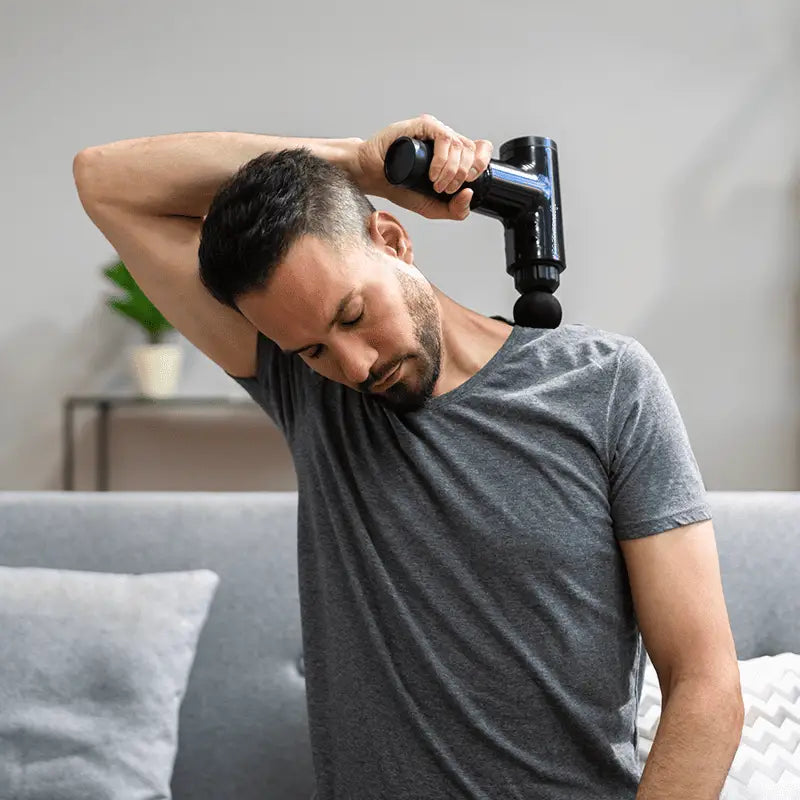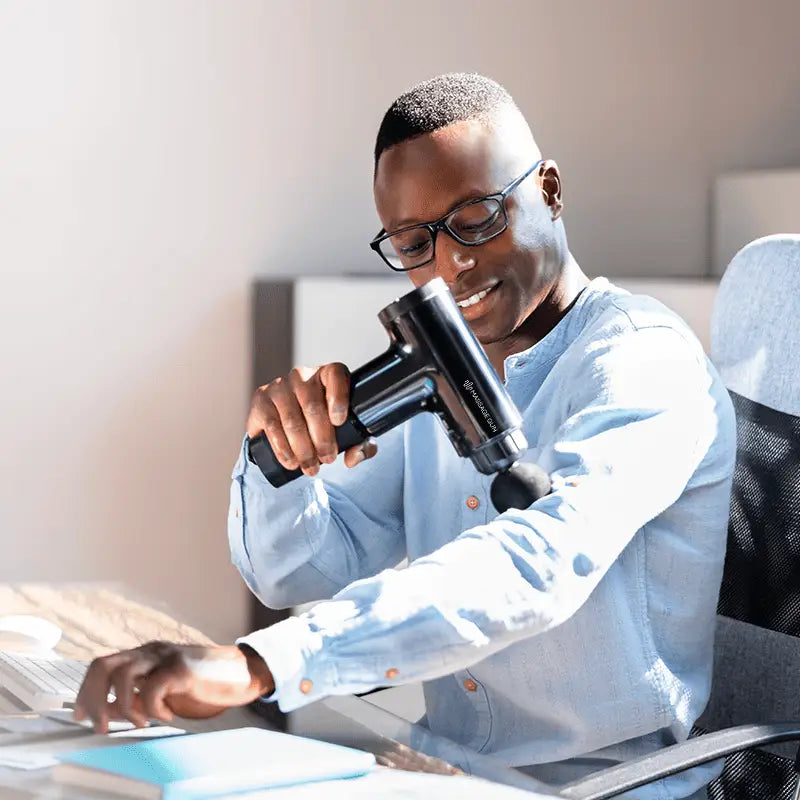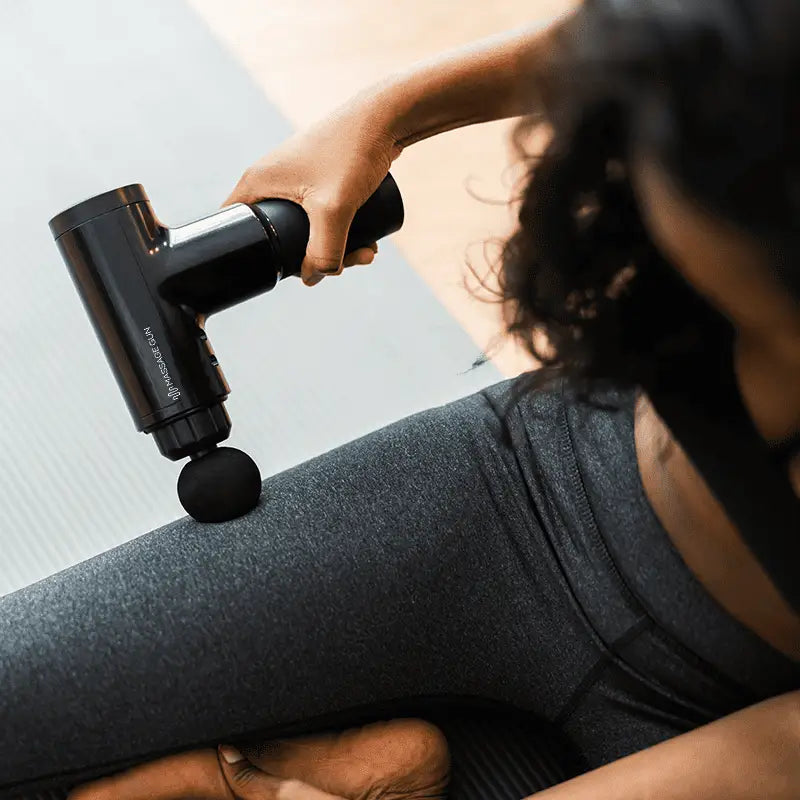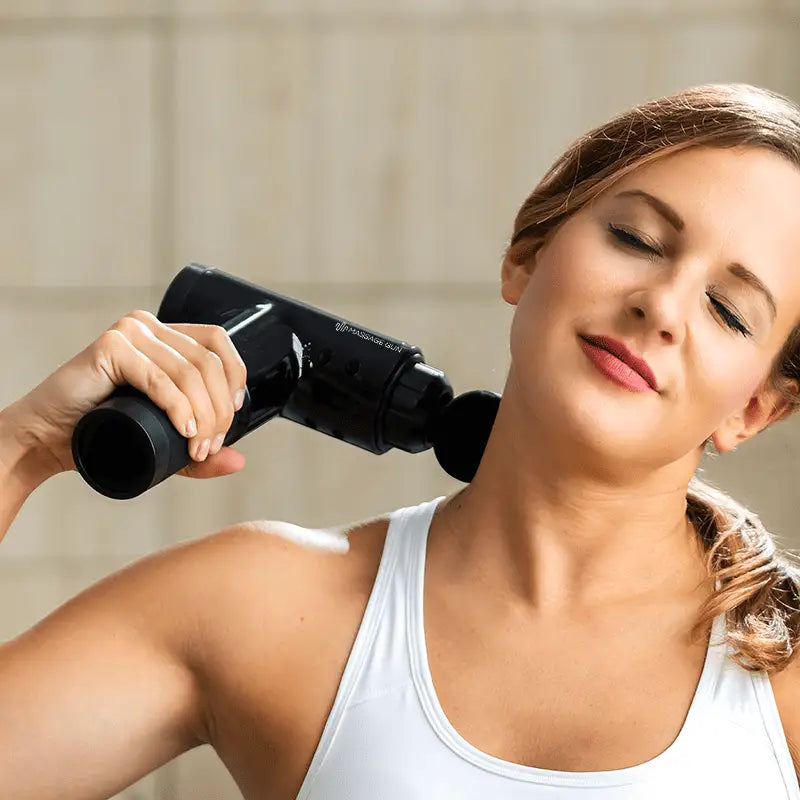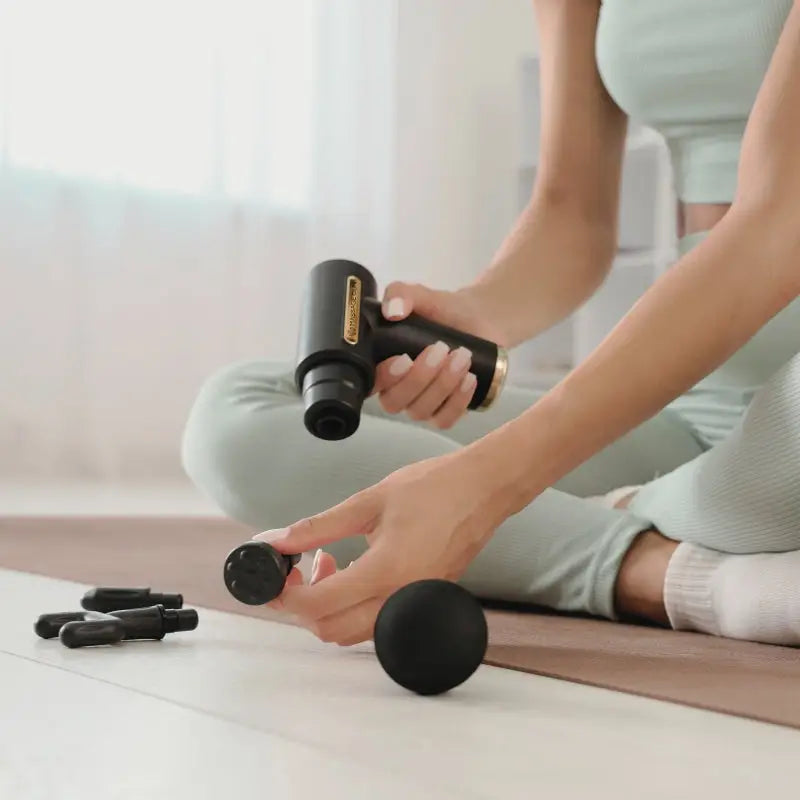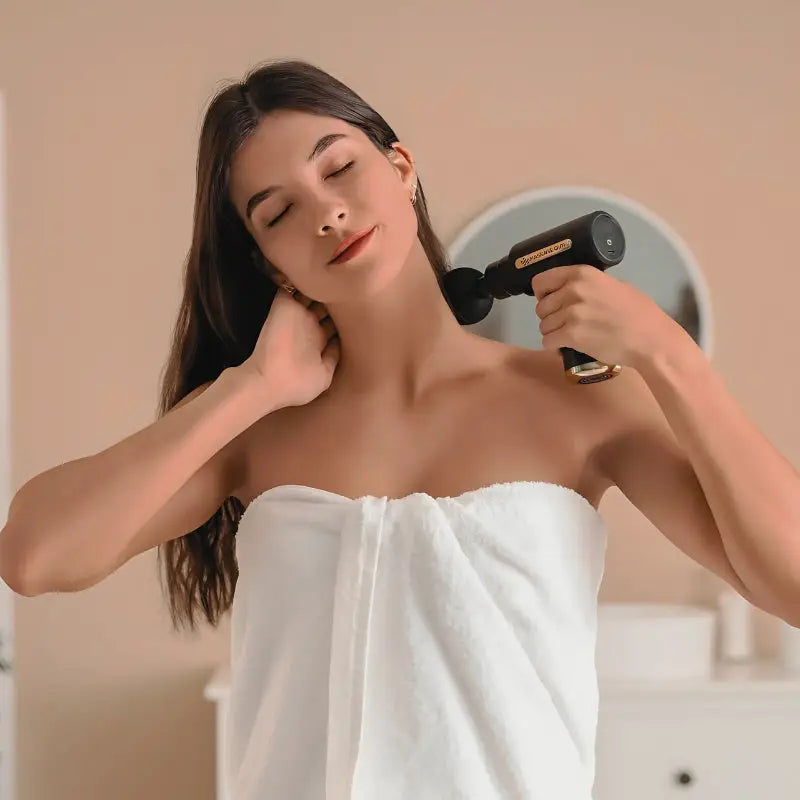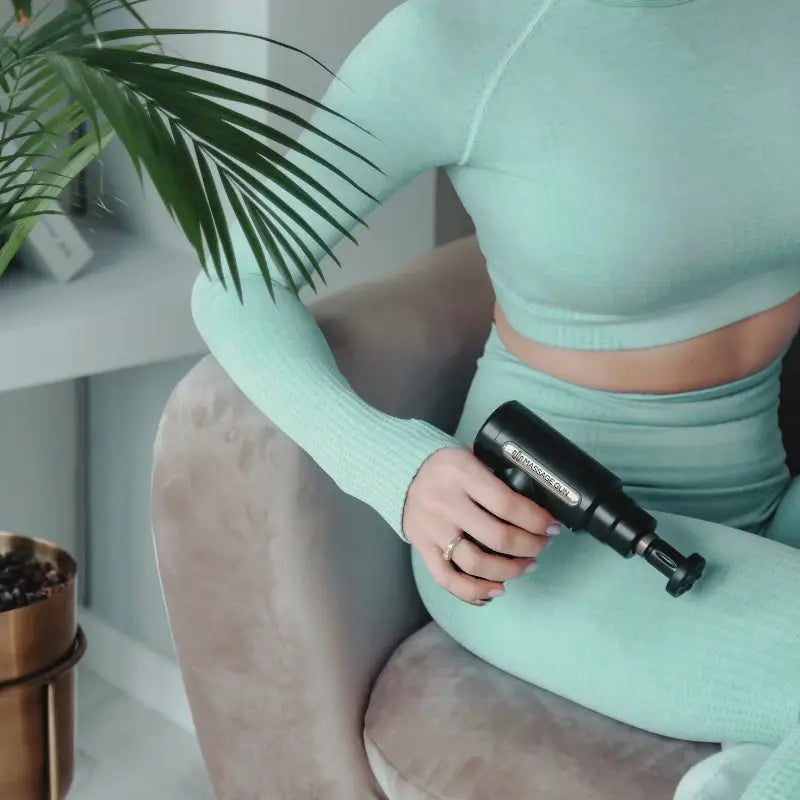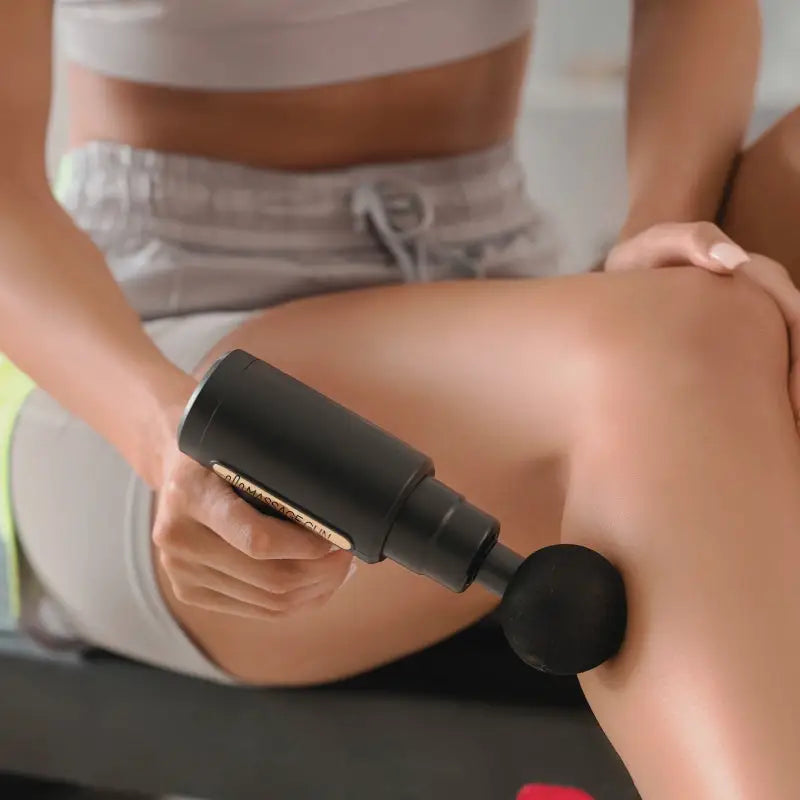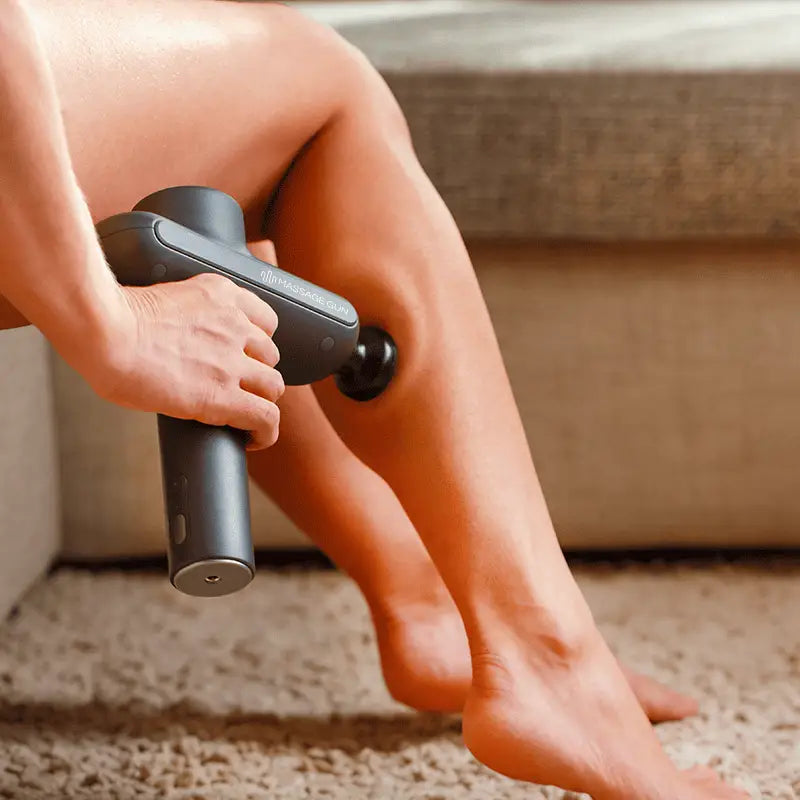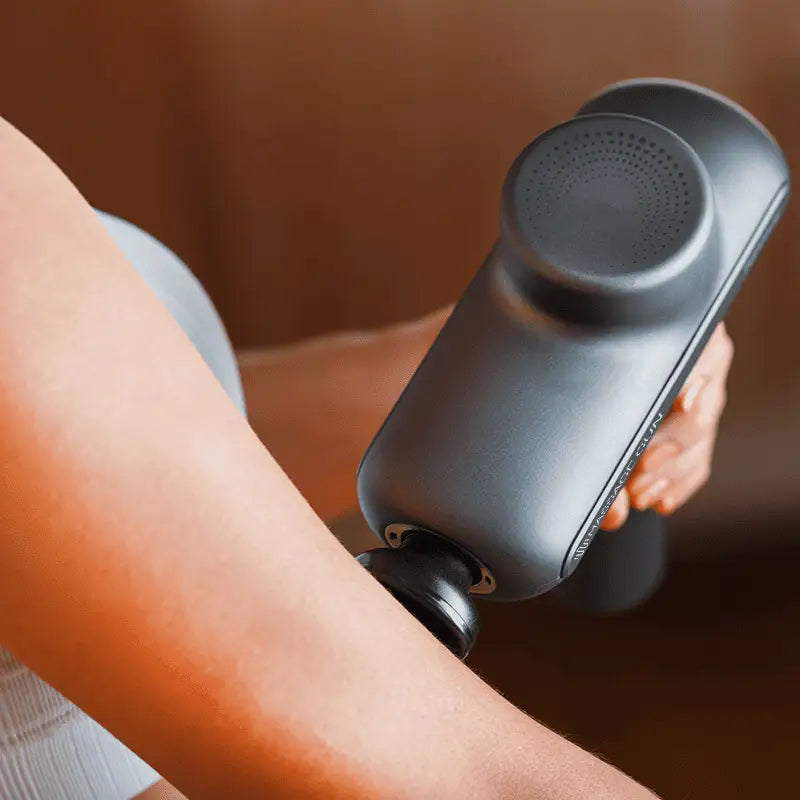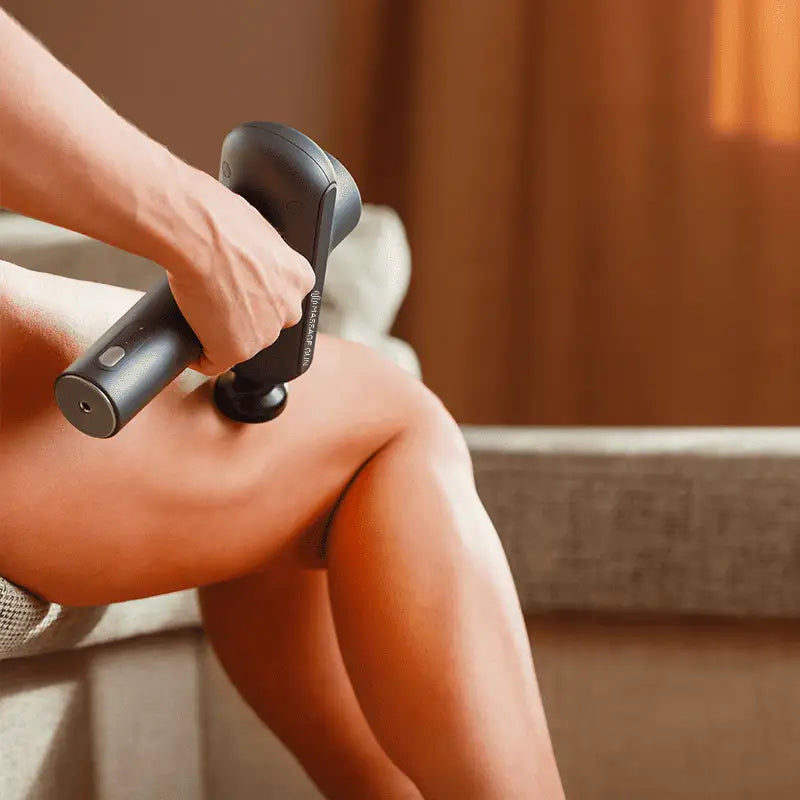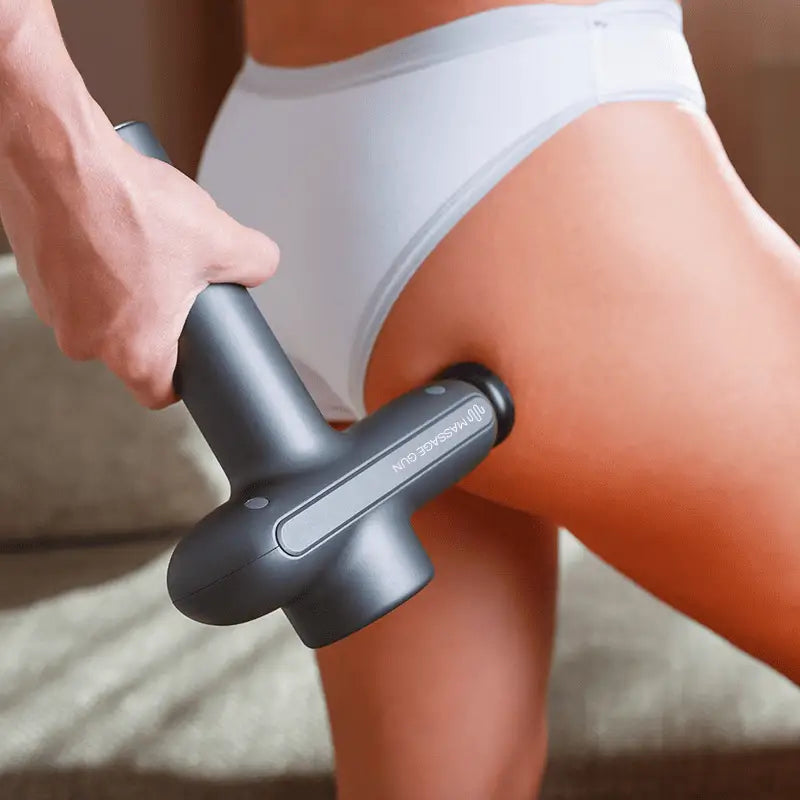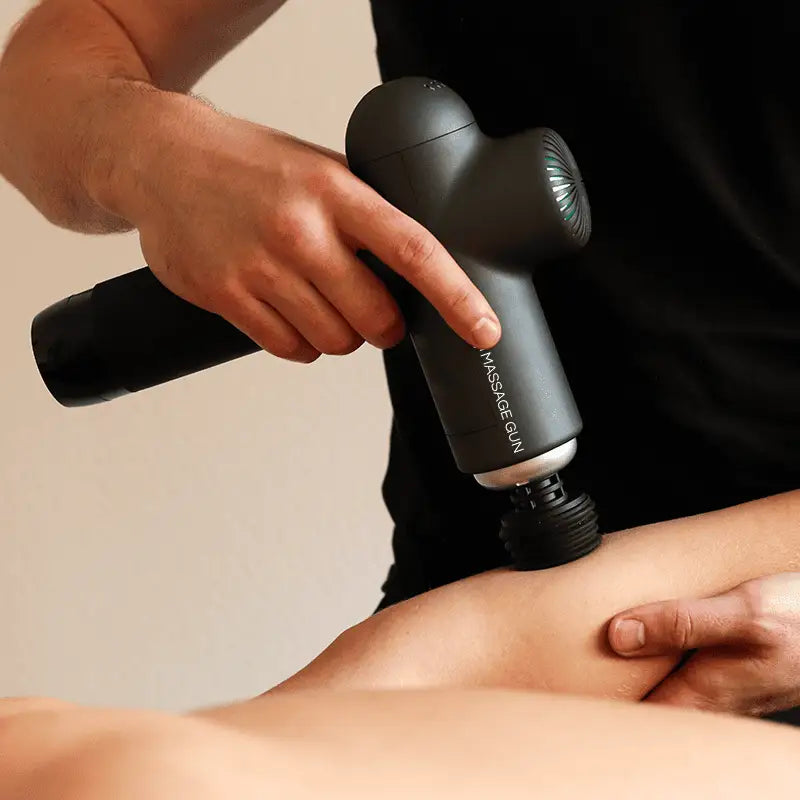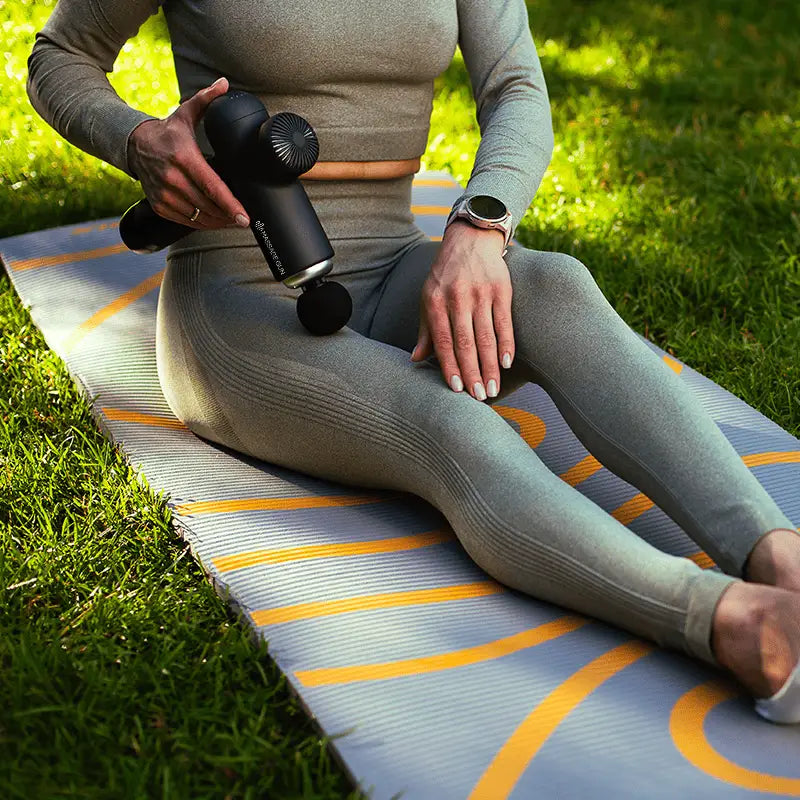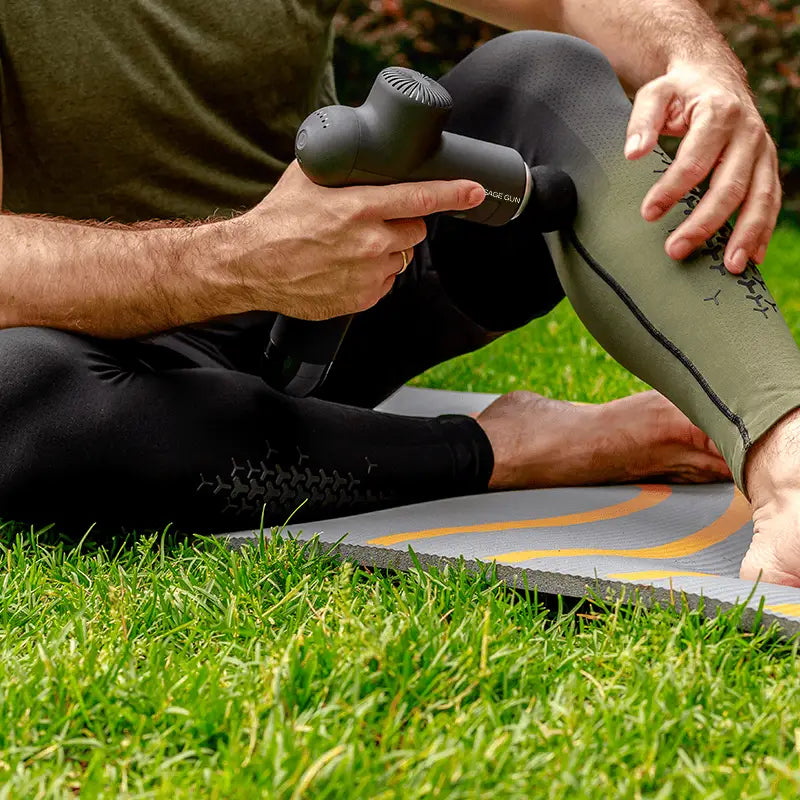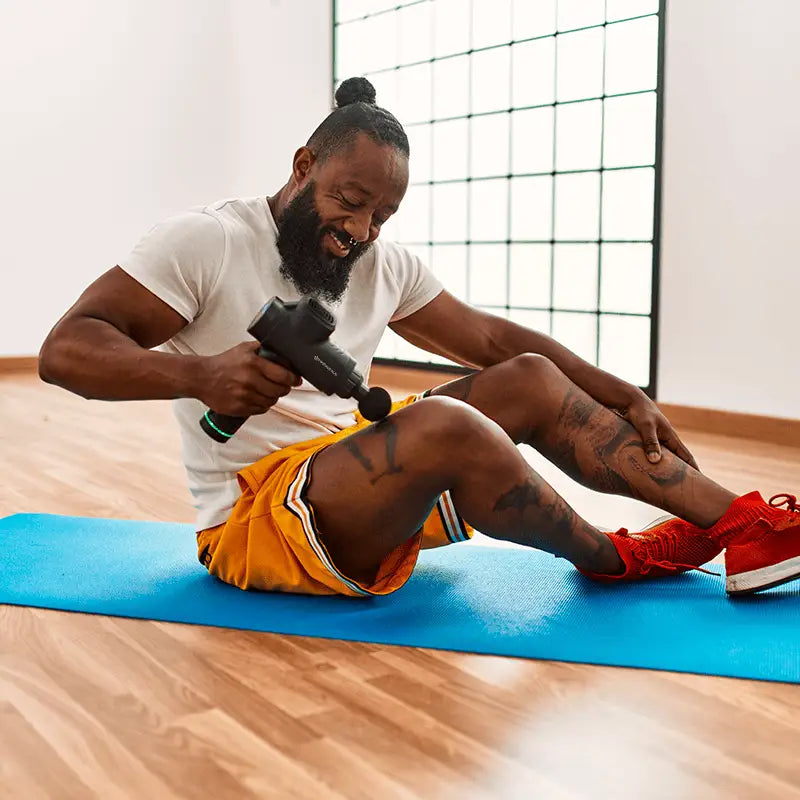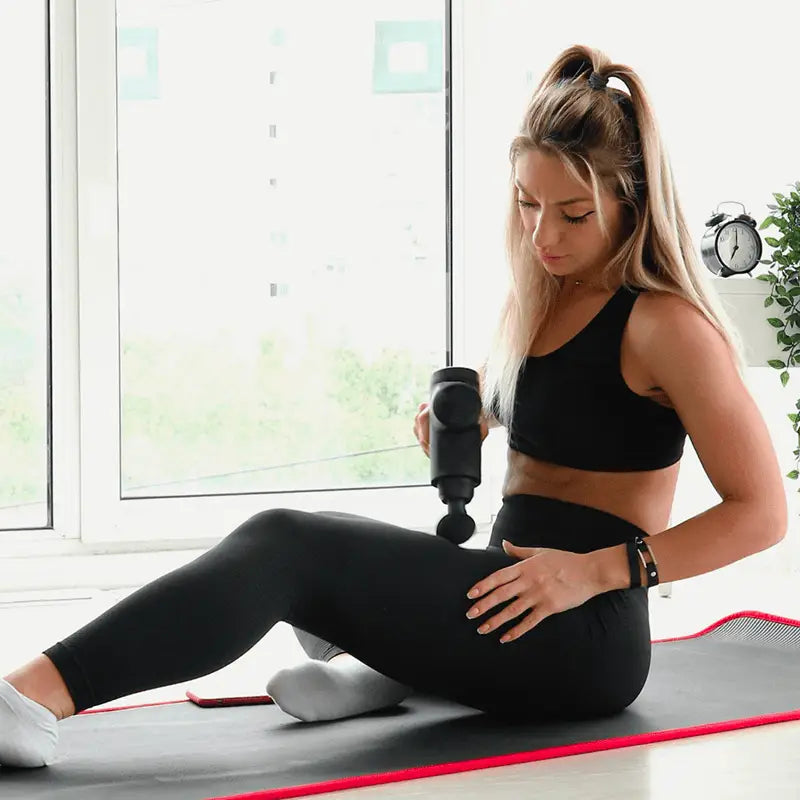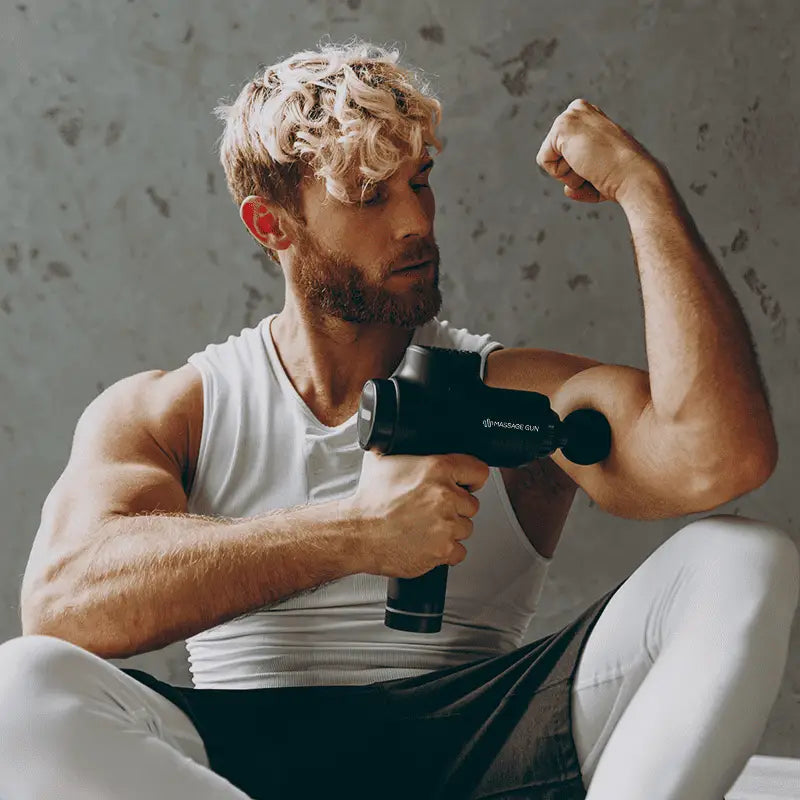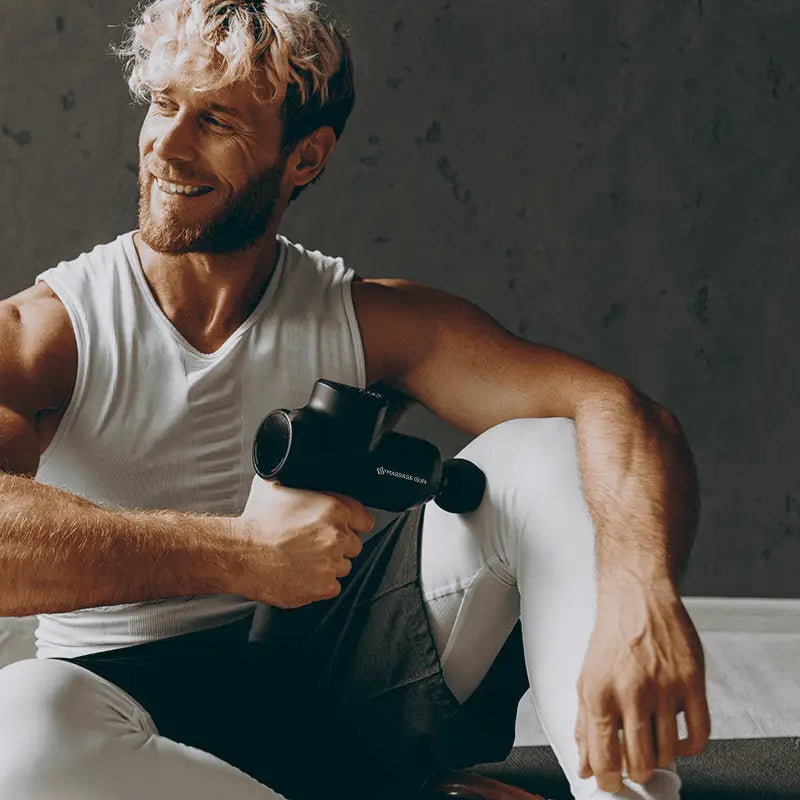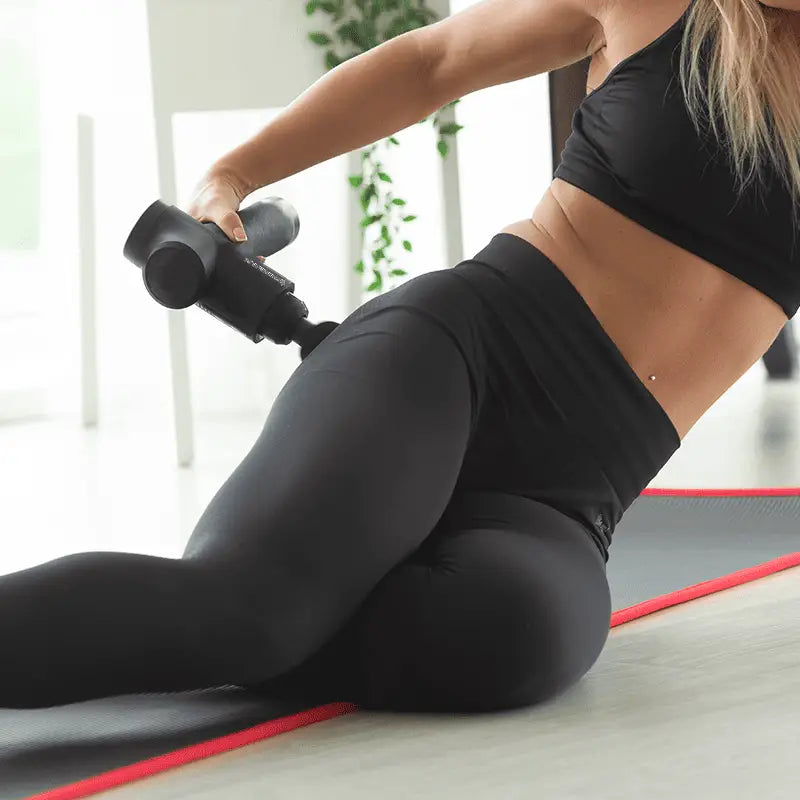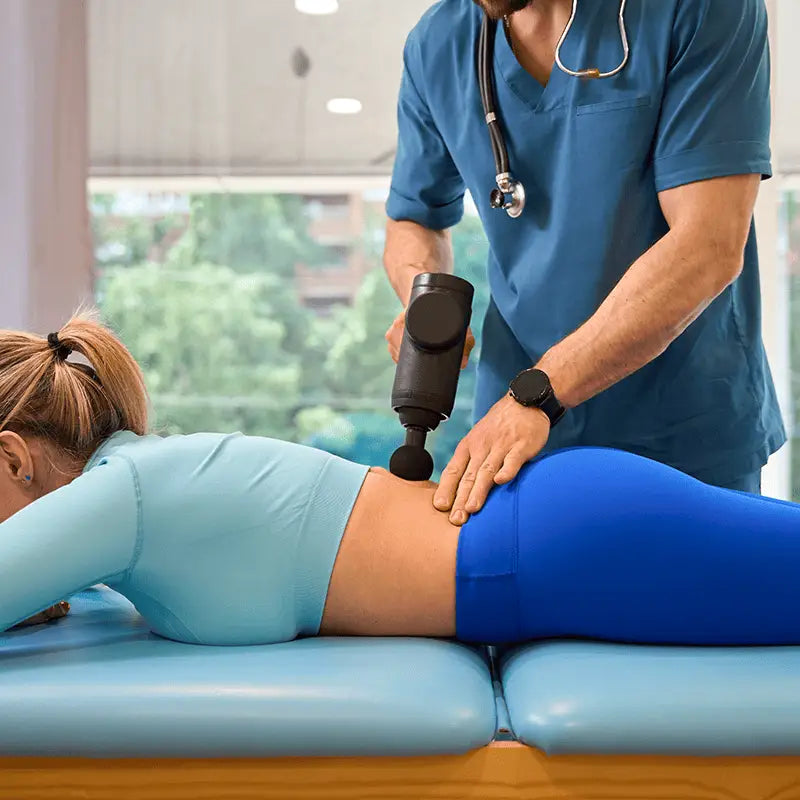Massage guns have become a popular tool for muscle recovery and pain relief, but they aren't designed for every area of the body. While these devices can be effective in relieving muscle tension, it's crucial to understand how to use them safely and which areas to avoid.
One common question is whether it's safe to use a massage gun on private parts. This article explores the potential risks, benefits, and expert recommendations to help you avoid injury.
What are massage guns and how do they work?
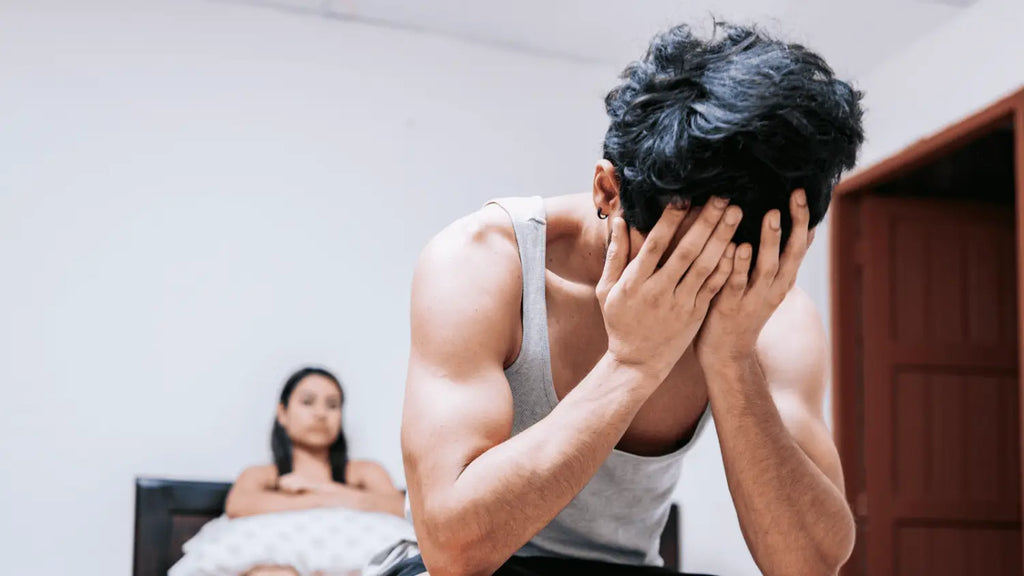
Massage guns, also known as percussive massagers, are designed to deliver rapid pulses of percussion therapy to stimulate blood flow and relieve muscle tension. They are used by athletes and everyday people to help with delayed onset muscle soreness (DOMS) and improve recovery after workouts.
These devices typically come with different attachments and speeds to target specific body parts. For example, muscle groups like the back, legs, and shoulders benefit from percussive massage. However, areas like the neck, spine, and private parts should be avoided due to their sensitivity.
Areas of the body to avoid with a massage gun
When using a massage gun, there are certain areas you should not use it on. Avoid bony regions such as the neck, spine, hip, ribs, and shoulders. These areas contain thin skin, nerves, and blood vessels that are not meant to handle the intense vibration that massage guns produce.
Sensitive areas like the genitals should also be off-limits. According to a board-certified physical therapist, using a massage gun on these areas can result in nerve damage and other serious injuries. Don’t use a massage gun near the kidneys or lower back, where you could cause harm to internal organs.
Risks of using a massage gun on private parts
Using a massage gun on private parts is dangerous due to the sensitive area involved. The percussion therapy delivered by these devices is too powerful for delicate tissues, leading to discomfort, swelling, and potential long-term injury.
Some people have shared their experience of using a massage gun on sensitive areas, reporting feelings of swelling and pain after even a few minutes. If you feel any pain or discomfort during or after use, stop immediately and consult your doctor. Over time, improper use of these devices in sensitive areas could result in permanent damage.
Myths and misconceptions around massage guns as sex toys
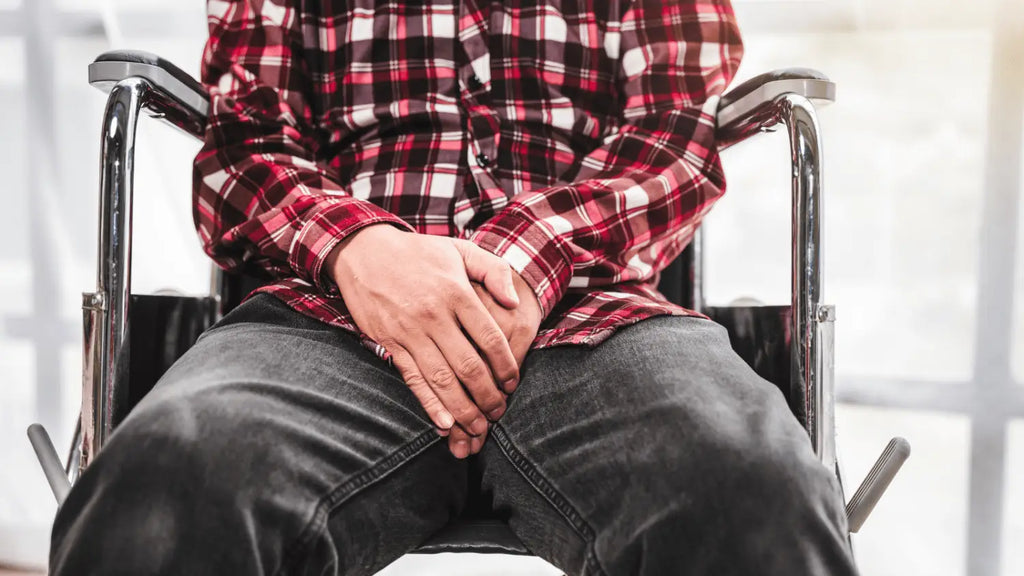
There’s been a viral trend claiming that massage guns can double as sex toys, but this is a misconception. While massage guns are designed for pain relief and muscle recovery, they are not suitable for intimate use. The high-intensity vibration therapy of these devices is much stronger than that of typical vibrators.
Using them on private parts may lead to significant injuries, such as nerve damage or torn tissues. Sex toys, on the other hand, are carefully designed for this purpose, offering a safe and controlled experience.
Why massage guns are not designed for sexual use?
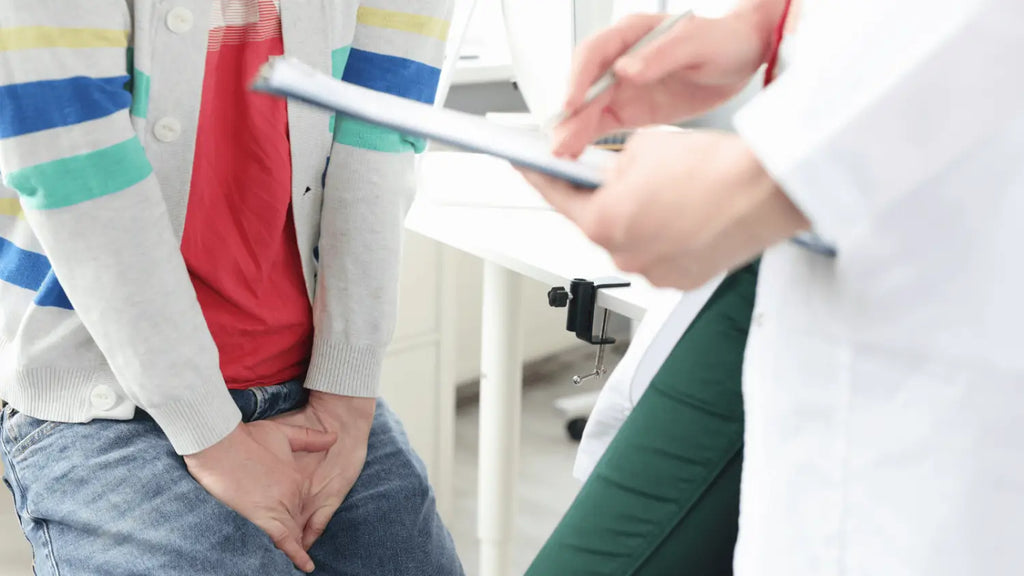
Massage guns are designed to target large muscle groups like the back, legs, and arms. These areas can handle the deep percussive massage, which helps reduce muscle soreness and improve recovery. However, private parts are much more sensitive, and the intense force from a massage gun can cause more harm than good.
Using a massage gun for anything other than its intended purpose, especially on sensitive areas, can result in significant pain and tissue damage. Make sure to follow guidelines for proper use to avoid unnecessary harm.
Safe and appropriate uses of massage guns
When used properly, massage guns can provide excellent pain relief and muscle recovery. The best way to use them is on large muscle groups, such as the thighs, calves, and arms. It's important to follow specific guidelines and avoid using the massage gun on sensitive areas like the neck, spine, or private parts.
Use the appropriate attachment for each specific body part, and apply gentle pressure for a few minutes to achieve the desired effect. Always start at a low speed and adjust based on your comfort level.
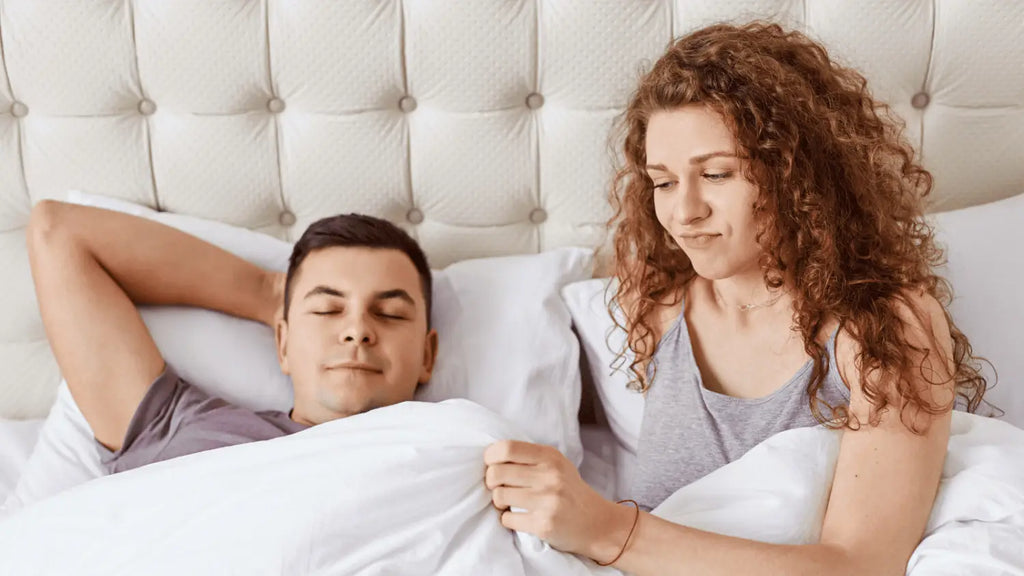
Alternatives to using a massage gun on private parts
If you're considering using a massage gun on private parts, it’s best to choose safer alternatives. Products like sex toys or specialized massagers are designed for intimate use, offering pleasure without the risks associated with percussive therapy.
There are also tools like foam rollers, which can be safely used on less sensitive areas for muscle relief. Massage guns are powerful devices, but they should only be used for their intended purpose, which is relieving muscle tension and soreness.
Can using a massage gun in the wrong areas lead to long-term damage?
Yes, using a massage gun in the wrong areas, such as near the spine or on private parts, can lead to long-term damage. These devices can cause nerve damage, muscle tears, or even impact internal organs if misused.
In cases where individuals have had negative experiences using a massage gun on sensitive areas, the damage can be severe and may require medical attention. Consult your doctor if you experience any unusual pain or discomfort after using a massage gun improperly.
What to do if you’ve misused a massage gun on private parts?
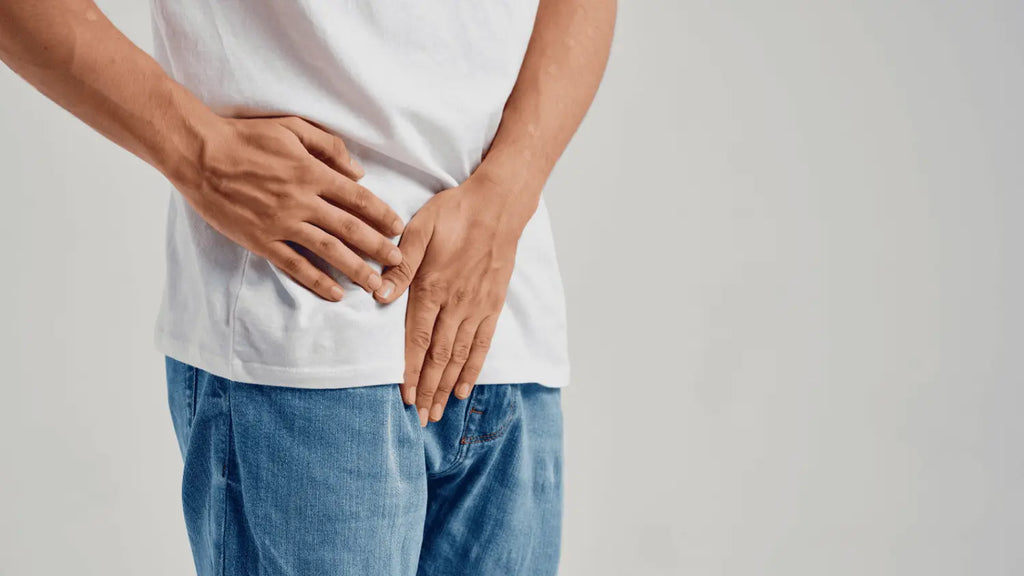
If you’ve misused a massage gun on your private parts, it’s important to take immediate action. First, stop using the device right away. Apply a cold compress to reduce swelling and relieve pain.
If the swelling or discomfort doesn’t improve after 24 hours, it’s essential to see a doctor for further evaluation. Misusing a massage gun can result in lasting damage if left untreated, so make sure to seek medical advice if needed.
Safe practices for massage gun use
To safely use a massage gun, follow these essential practices: avoid sensitive areas like the neck, spine, and private parts, and always use the correct attachment for each muscle group. Keep sessions short, usually no longer than a few minutes per muscle, and avoid applying too much pressure.
Start with a low speed to see how your body responds, and don’t use the device if you have any pre-existing medical conditions without consulting your doctor before. Following these guidelines ensures effective use while minimizing risks.
Ethical considerations around using massage guns for non-intended purposes
The misuse of therapeutic devices, such as massage guns, for non-intended purposes raises important ethical concerns. While viral trends might suggest otherwise, massage guns are meant for therapeutic use and are not designed to be used as sex toys.
Repurposing them for pleasure can lead to serious injury. Manufacturers provide clear instructions on how to safely use these devices, and it’s important that users respect those guidelines. Health experts stress the importance of using therapeutic tools as intended to prevent harm and ensure safe recovery.
Frequently asked questions
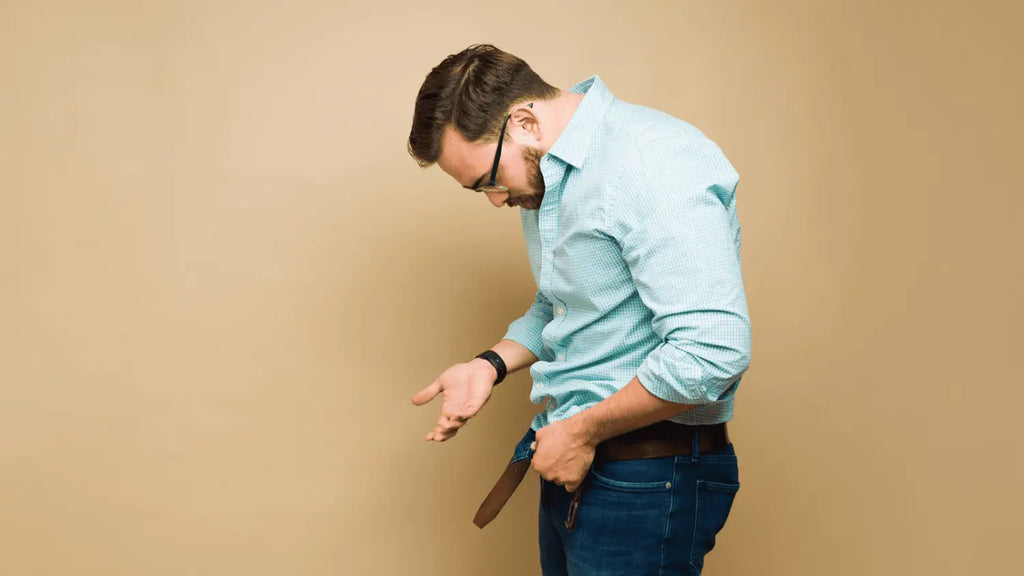
1.Can you safely use a massage gun on private parts?
No, it is not safe to use a massage gun on private parts. These areas are highly sensitive, and using a device designed for percussion massage can cause serious injuries. The intense vibrations can penetrate too deeply, especially in regions with delicate tissues and nerves.
People with medical conditions, such as high blood pressure, should avoid using a massage gun on sensitive areas. Most often, this kind of treatment is intended for larger muscle groups like the arm or shoulder, not private parts.
It’s important to consult with your doctor before using a massage gun on any sensitive areas to ensure safety and prevent harm.
2.Why is it dangerous to use a massage gun on private parts?
The effect of using a massage gun on private parts can be dangerous because these areas are not designed to withstand more intense percussive forces. Unlike areas such as the back or shoulder, private parts lack the thicker muscle and bone structures needed to absorb the intense vibrations of a massage gun.
The deep penetration of these devices can cause tissue damage, and in some cases, long-term injuries. Studies have shown that people with certain conditions like high blood pressure should avoid using powerful devices in sensitive regions. Systematic reviews suggest that massage guns should be used only on areas with larger muscle mass to avoid complications.
3.What are the risks of using a massage gun on private parts?
The risks of using a massage gun on your neck or private parts include nerve damage, bruising, swelling, and more severe injuries like torn tissues. These areas, especially the genital region, contain delicate nerves that are not suited for intense massage therapy.
Our bodies are designed to tolerate percussion massage on larger muscle groups, like the shoulders and arms, but not on sensitive areas. People with medical conditions should also be cautious, as using a massage gun improperly can worsen soreness or lead to other health issues.
According to board-certified experts in physical therapy, such devices should be used carefully and only as directed.
4.Can using a massage gun on private parts lead to permanent damage?
Yes, using a massage gun on private parts can lead to permanent damage, including nerve damage and sexual dysfunction. The intense vibrations from these devices can penetrate deeper than necessary, especially in areas with no protective bone structure, causing long-lasting harm.
Medical professionals often warn against this misuse, as the side effects can be serious. If you’ve had an experience where you felt discomfort after using a massage gun, stop immediately and consult a doctor. Injuries in these areas can take a long time to heal, and in some cases, they may require specialized treatment or physical therapy.
5.What should I do if I used a massage gun on my private parts and now feel discomfort?
If you've used a massage gun on your private parts and feel discomfort, the first step is to stop using the device. Apply a cold compress to reduce swelling and discomfort. All medical experts suggest that you should consult a doctor, especially if the pain or swelling does not improve after a day or two.
There is a risk of long-term damage if treatment is not sought early. To avoid this in the future, follow expert guidelines about where and how to safely use a massage gun and avoid using it in sensitive areas. If you feel sore, don’t continue using the device on the same spot.
6.Are massage guns meant to be used as sex toys?
No, massage guns are not designed to be used as sex toys. These devices are built for percussion massage to relieve sore muscles after exercise or activity, and they deliver more intense vibrations than traditional body massage tools. Using a massage gun in intimate areas can cause pain and injuries, such as bruising and torn tissues.
People with a lack of understanding about the device’s proper use should be careful. There are products specifically designed for intimate use, offering a safe and pleasurable experience. Always consult your doctor before using a massage gun in any unusual way.
7.Can using a massage gun on private parts relieve tension or pain?
Although massage guns are effective at relieving tension and pain in larger muscle groups, they are not suitable for use on private parts. The intense percussive motion can cause more harm than relief in these sensitive areas, leading to increased discomfort or injury.
While foam rollers and other massage therapy tools can be safely used on parts like the back and shoulder, using them on delicate regions is risky. To learn more about how to safely relieve tension in private areas, it's best to speak to a healthcare professional who can recommend safer options.
8.What body areas should I avoid when using a massage gun?
You should avoid using a massage gun on sensitive areas such as the neck, spine, private parts, and anywhere near bones or organs like the kidneys. People with certain medical conditions, such as high blood pressure or recent injuries, should be especially cautious.
All experts agree that you should also avoid applying too much pressure on bony areas, as this can cause bruising and discomfort. Stick to using the massage gun on large, muscular areas like your arms, legs, and shoulders for safe and effective relief.
9.Are there any alternatives to using a massage gun on private parts?
Yes, there are many safer alternatives for relieving tension in private parts. Specialized sex toys and intimate massagers are designed specifically for this purpose, offering controlled, gentle vibrations that are much safer than the intense percussive force of a massage gun.
These alternatives also come with safety guidelines to help users avoid injury. If you're experiencing tension in your pelvic area, consult a board-certified healthcare provider for advice on appropriate treatment options. You might also explore foam rolling and physical therapy techniques that are safer for sensitive areas.
10.What do experts say about using a massage gun on private parts?
Experts, including board-certified physical therapists and healthcare professionals, strongly advise against using a massage gun on private parts. According to medical research, these devices are designed for deep tissue and percussion massage on large muscles, not delicate areas like the genitals.
Using them in such a way can lead to long-term damage, including nerve damage and tissue tears. Most often, experts recommend sticking to the device’s intended uses, such as relieving muscle soreness in larger areas like the shoulders and back. Always consult with your doctor before using a massage gun if you are unsure.



